F is for Françoise – The Unknown Queen
A contribution to the #AtoZchallenge 2024
More than one of the twenty or so women who frequented Louis XIV’s bedroom answered to the name of Françoise. In fact, his most celebrated maîtresse-en-titre was Françoise-Athénaïs de Rochechouart. She had the title of Marquise de Montespan by marriage, but chose to be called Athénaïs.
This post is, however, about a different Françoise: Françoise d’Aubigné. She became one of Louis XIV’s closest advisers and governess of his many illegitimate children.
Françoise d’Aubigné
Françoise was born on 27 November 1635 outside the prison at Niort. Her Huguenot father, Constant d’Aubigné, was incarcerated there for conspiring against Cardinal Richelieu. Françoise, known as Bignette, the ‘little d’Aubigné’, was baptised as a Catholic but given a Protestant education.
After his release in 1639, Françoise’s father took his family for some years to Martinique in the West Indies. This is probably why Bignette was later given the nickname La belle indienne. When he died in 1647, Françoise, aged 12, went to live with her beloved aunt, Madame de Villette. The de Villettes owned the Château de Mursay, six kilometers north of Niort. They were ardent Protestants and continued to school Françoise in their beliefs.
However, she was later sent to be educated in a convent. Françoise disliked convent life, but grew to love one of the nuns there, Sister Céleste. She persuaded her to take her First Communion.
High society
In 1650, the mother of Bignette‘s young godmother brought her daughter and Françoise to Paris. There Françoise became a lady-in-waiting to Queen Maria Theresa. She also met and corresponded with Paul Scarron, a distinguished poet who suffered from acute and crippling pain. Although 25 years younger than he, she accepted his marriage proposal in 1652, becoming Madame Scarron (aged 17). The match gave her access to the highest levels of Paris society. This would have otherwise been impossible for a girl from such an impoverished background. For nine years, she nursed Scarron and joined in with his social circle.
After Paul Scarron’s death, Athénaïs took a fancy to Madame Scarron. She persuaded the king to finance her stay in Paris. In 1669, Athénaïs appointed Françoise as governess for her first child by Louis. She provided her with a large income and a staff of servants. Françoise first placed this and subsequent children with wet nurses, then cared for them discreetly, even doing domestic duties herself. Madame de Sévigné, who visited the house, described it as having large rooms and a necessarily large garden in which the children (still officially hidden from the world) could play in safety. Unfortunately, this need for secrecy meant a lack of domestic help and even builders: Françoise would later describe how she had rushed about, painting, scrubbing, decorating… all unaided for fear of inviting dangerous speculation. Nonetheless, she was able to foster a pleasant domestic ambiance.
It was at that out-of-the-way house that Louis XIV, who had seduced so many women, was himself in quite a different way seduced: although the process was not intentional. He paid unannounced visits to his illegitimate on his way home from hunting. He found a charming, tender mother figure, with one child on her lap, another at her shoulder, a third in a cradle, reading a book aloud. ‘How good it would be to be loved by a woman like that,’ he mused.
Françoise added a completely different quality to her genuine maternal instinct, namely that of conversation and the associated art of being a good listener. Louis, who in principle disliked pious, blue-stocking women, and had thus been prejudiced against Françoise at the start, was quite won over by the gentle social arts she had learned among her Précieuses friends.
In 1675, the king gave Françoise the title of Marquise de Maintenon, after the name of the estate she had bought with his money. Soon after the infamous Affair of the Poisons, Françoise unofficially replaced Athénaïs at court, and proved to be a good influence on Louis XIV. With her lively intelligence and astuteness, she was one of very few people permitted to speak with the king as an equal.
Promotion
Queen Maria Theresa died in July 1683. Later that year, Louis married Françoise secretly, but never officially recognised her as queen of France. However, he assigned her magnificent apartments at his newly built Palace of Versailles.
Some have accused Françoise of persuading Louis to revoke the Edict of Nantes in 1685, but she opposed the cruelties of the dragonnades. She told her confessor that, in view of her own Protestant upbringing, a plea for tolerance on behalf of the Huguenots might lead her enemies to claim that she was still a secret Protestant.
In 1686, Françoise founded the Maison royale de Saint-Louis, a school for girls from poorer noble families.
‘Greet Suzon for me’, a book which includes references to Bignette, describes a Huguenot family’s perilous escape from France to Jersey. It is due to be published in 2025.
Here are all the A-Z posts: A B C D E F G H I J K L M N O P Q R S T U V W X Y Z

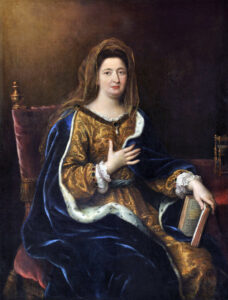
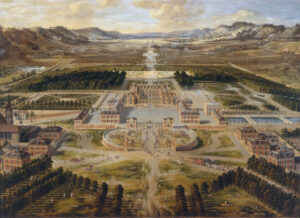
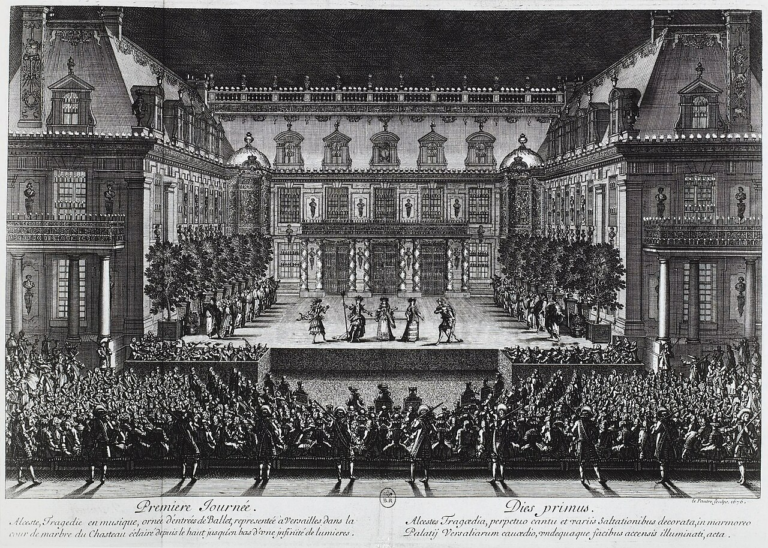
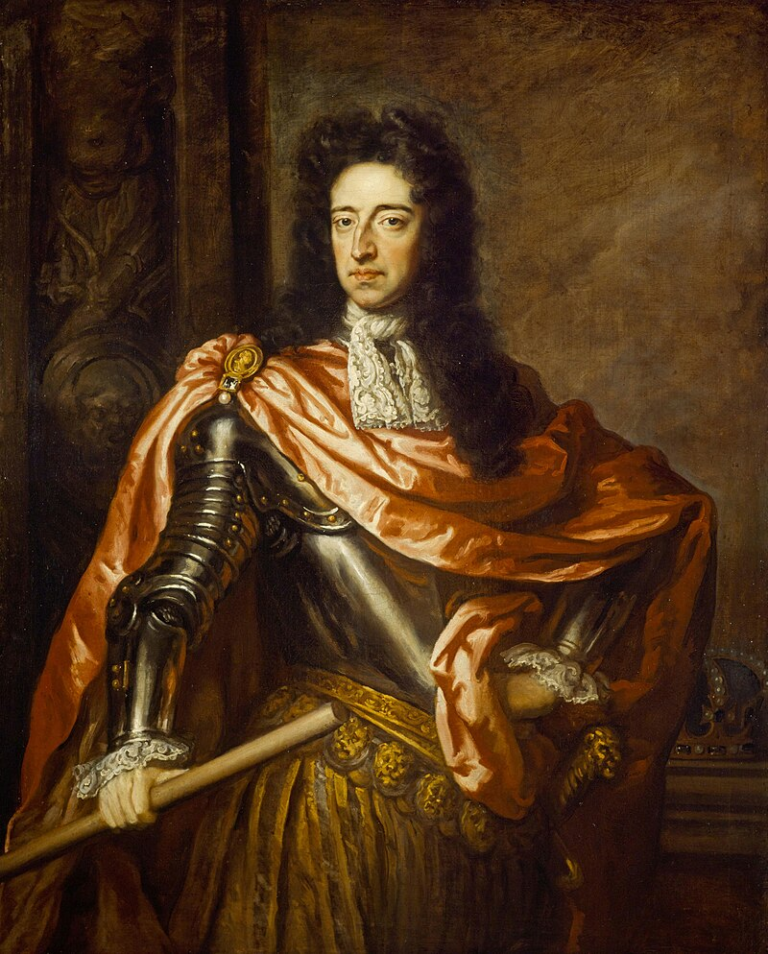

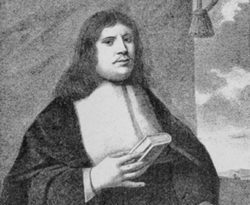


Fascinating! She led quite an interesting life – thank you for sharing!